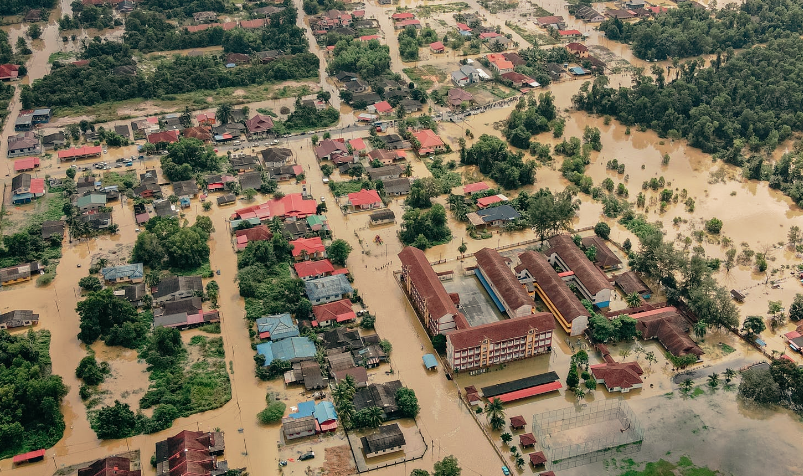Sarasota Insurance Agency >> blog

When it comes to floods and flood insurance, there are often misconceptions. It's important to know that any property can flood in any given year, and that almost anyone may benefit from having a flood insurance policy. Here's a look at the truths behind nine common flood insurance myths.
While a standard homeowners insurance policy may help pay for some types of water damage, it typically does not cover flood damage, the Federal Emergency Management Agency (FEMA) says. For protection against floods, you must purchase a separate flood insurance policy.
Every property is in a flood zone and any property can flood. Even if your home is in a low- or moderate-risk area for flooding, FEMA says it's five times more likely to flood than to experience a fire in a 30-year period. In fact, more than 20 percent of flood insurance claims are from properties that are not in high-risk flood zones, according to FEMA.
If you live in a community that participates in the National Flood Insurance Program (NFIP), you may want to consider buying flood insurance — even if you're not in a high-risk flood zone. If your community doesn't participate in the NFIP, you may be able to purchase a flood policy from a private insurer.
You don't have to own a single-family home to qualify for flood insurance, FEMA says. Flood insurance is available to renters who want to help protect their personal belongings. A flood insurance policy also can be purchased by commercial property owners who want to help protect the structure of their businesses and contents.
Some people may not think about flood insurance until water begins to rise and threaten to impact their area, but it's a good idea to be proactive when it comes to purchasing a flood insurance policy. That's because, in most cases, there's a 30-day waiting period before a flood insurance policy goes into effect. Consider putting flood insurance in place when conditions are dry, so that it's available if you experience flood damage down the road.
Even minor flooding can cause significant damage to a home and its contents. Just one inch of water in a home can cause more than $25,000 in damage, according to FloodSmart.gov, and the average claim from people who have flood insurance is $30,000.
Like other types of insurance, flood policies come with limits. A standard flood insurance policy provides up to $250,000 in building coverage for a single-family home or condo unit, and up to $100,000 in coverage for belongings, according to FEMA. When you purchase a flood insurance policy, you can opt to purchase one or both types of coverage.
Commercial property owners typically have the option of purchasing higher coverage limits. FEMA says a commercial flood insurance policy generally offers up to $500,000 in coverage for the building and also up to $500,000 for the contents of the business.
In some cases, federal disaster funds are provided to flood victims. However, it's a good idea to understand how those funds may help. Federal disaster relief funds are only offered if the president declares a disaster, FEMA explains — and less than half of floods are declared federal disasters. In cases when a disaster is declared, the typical federal disaster relief grant is about $5,000. This is usually in the form of a low-interest loan that must be repaid, FEMA says.
Meanwhile, flood insurance typically provides significantly more coverage, and the money that policyholders receive from approved claims does not need to be repaid.
A flood map shows a community's risk of flooding, and a property's risk of flooding can change over time, FloodSmart.gov says. Community growth and expansion may contribute to these changes. As new buildings are built and green space is reduced, drainage does not necessarily keep up with the additional cement and asphalt. Additional factors, such as weather conditions or wildfires, can also play a role in changes to an area's flood map. It's a good idea to monitor your area's flood risk so you're aware of any changes that may occur.
This often misunderstood term does not mean flooding will happen only once every 100 years. Rather, an area in a 100-year flood plain has a 1 in 100 chance of flooding in any given year, FEMA says. So, even if a property in a 100-year flood plain flooded last year, there's an equal chance of it happening again this year.
Knowledge and preparation are key when it comes to dealing with potential flood damage. By understanding how flood insurance works and how you may benefit from it, you may be more prepared in the event that you ever experience a flood.
Written by AllState .com
2021-03-16 17:17:00